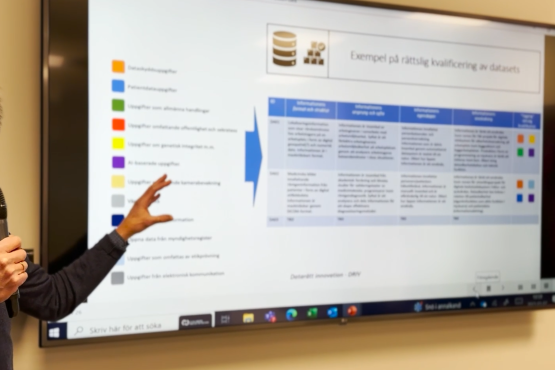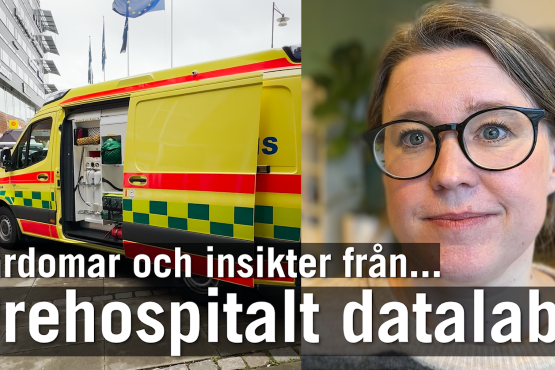That's how the Space Data Lab got the clouds in order
Detecting thin clouds is difficult, but with the help of synthetic datasets, collaborations, good teams and hardware, the Space Data Lab was able to produce an AI model that outperforms the corresponding solution from the European Space Agency ESA.
Data from space makes the lab an innovation factory - you could read about it in the previous post about the Space Data Lab on Vinnova's web pages. Since then, the work has progressed, and project manager Chiara Ceccobello now talks about the latest progress.
In particular, the team at the lab has focused on the detection of thin clouds, which is a very difficult problem to solve. The biggest challenge is that the satellite images lack "ground truth", i.e. certainty as to what is actually correct or not. Therefore, the team needed to come up with a creative idea to overcome this problem.
- We solved it by creating a synthetic dataset which we could use to train AI models on. We recently showed in a report that our models outperform the ESA classification by around 20 percent, and we have also made our report, code and dataset available for others to use, via GitHub for example, says Chiara Ceccobello.
She points out that an important part of success is having an innovative and creative mindset - as well as a good team and fruitful collaborations.
- We saw that collaboration can create the opportunity to do many other things. For example, we had a collaboration with ESA during the Space Data Lab 2.0, and together developed a simulation tool called Paseos. We have also had good cooperation with the Swedish Forestry Agency, which has contributed data and help regarding trees in Sweden, she says.
The spatial data lab is located at AI Sweden on Lindholmen in Gothenburg, which creates a prerequisite for the lab to interact with other project in the same place. Among other things, Just Rymdatalabbet has development hardware for Earth observation satellites – the same type of hardware that is on board satellites. In this way, it is possible to carry out experiments on how to train AI on location in space.
Last autumn, the Space Data Laboratory was notified of funding for another three years from Vinnova. In January, the first kickoff was held for it, and in the following weeks, planning meetings and brainstorming sessions were held to decide which use cases should be the focus this time.
- There are several possibilities here. We could resume one of the pilots we conducted under Space Data Lab 1.0 related to climate studies. Of course, we could also continue with the cloud project. We also want to explore synergies between Space Data Lab 3.0 and other space-related project that we run here at AI Sweden, says Chiara Ceccobello.
See the entire interview in movie format here
Last updated 27 March 2024
Page statistics





Leave a comment
You have chosen to disallow certain cookies and funtions on our website, such as commenting on blog posts. You can change your privacy settings at any time to allow these functions and get a better experience.
Change privacy settings